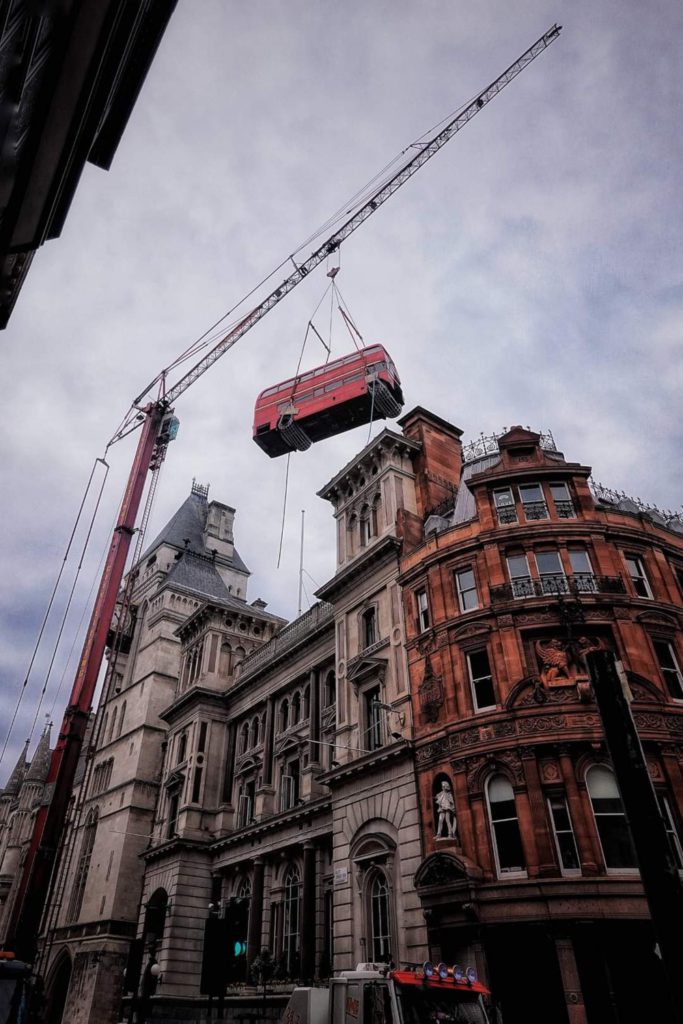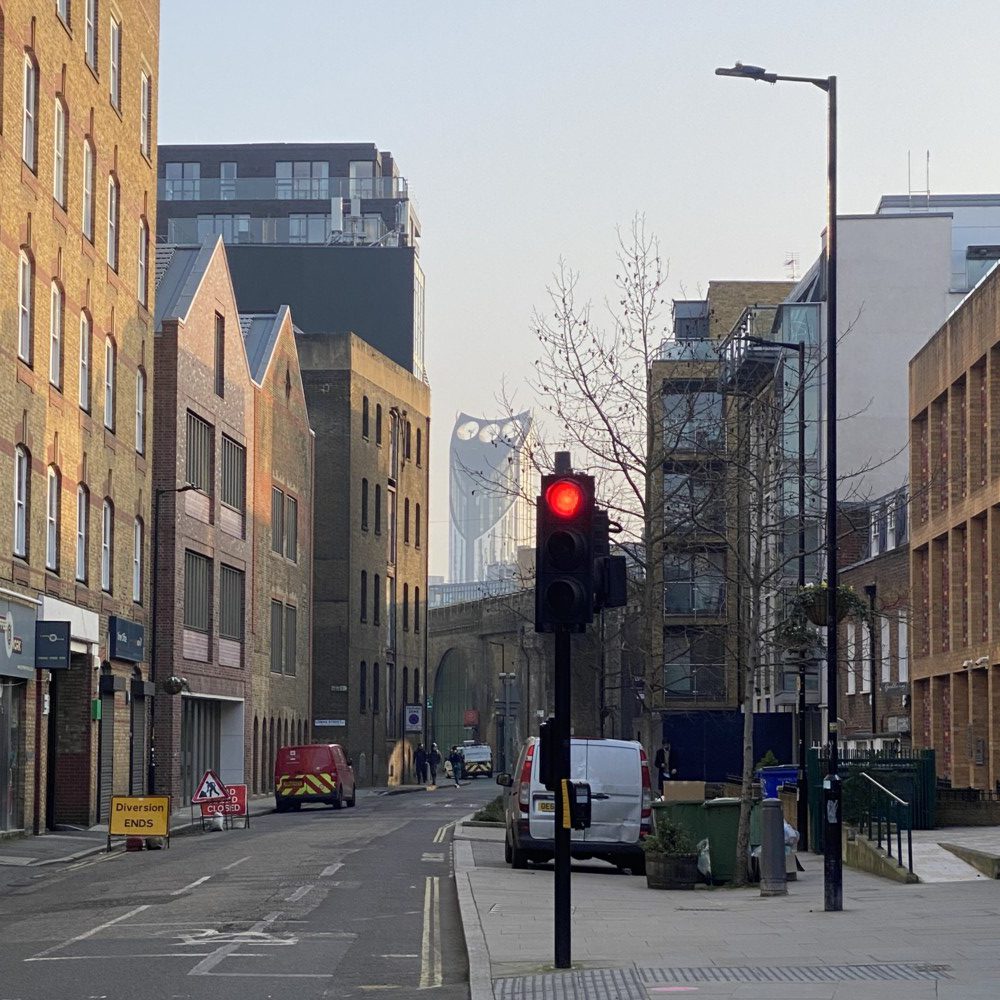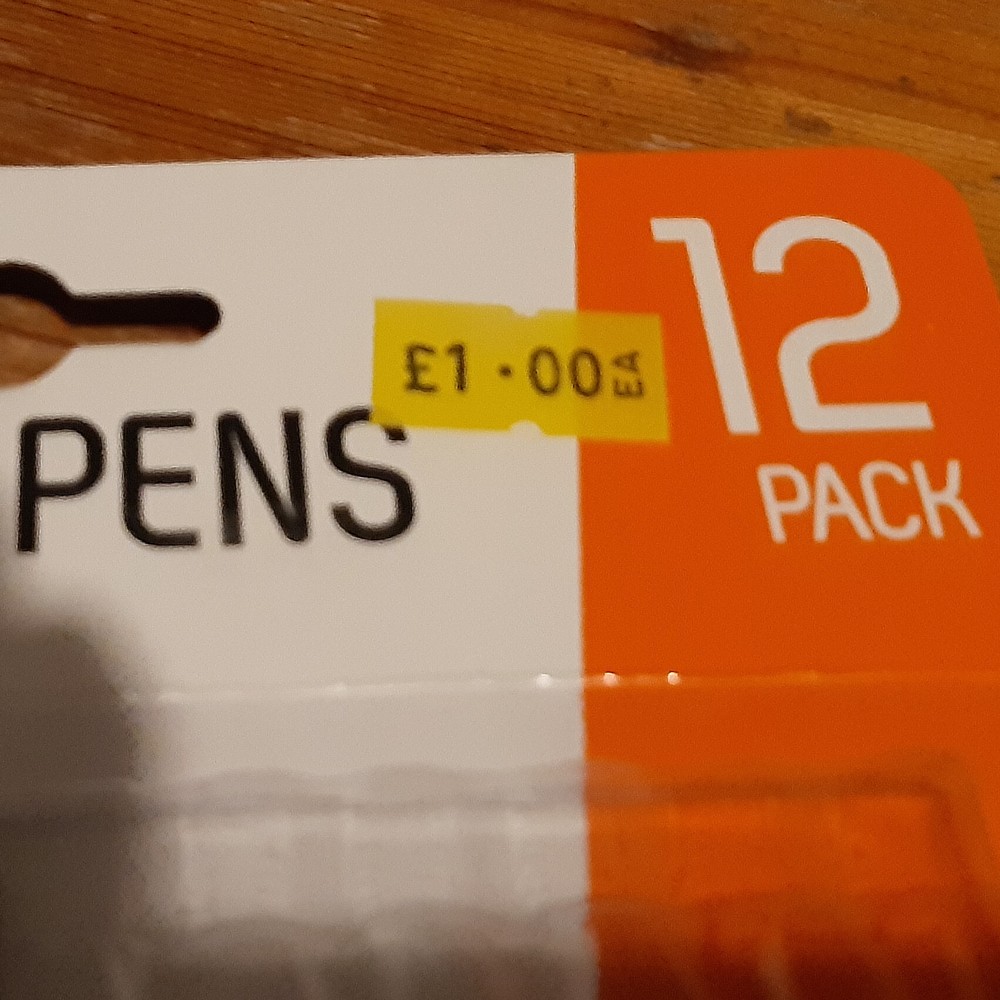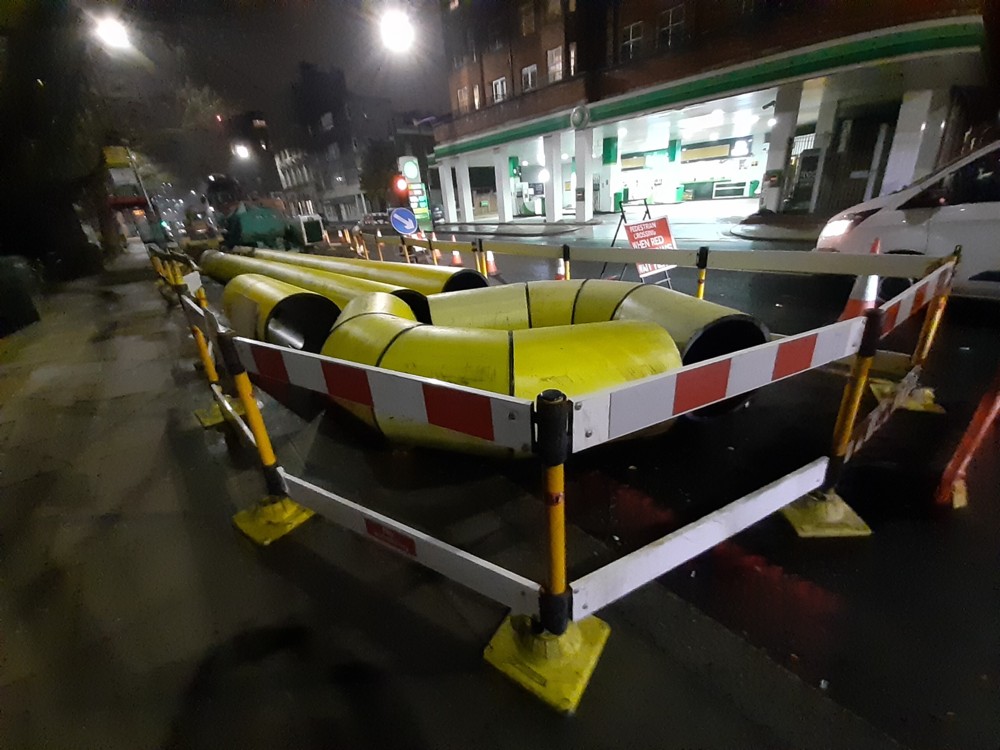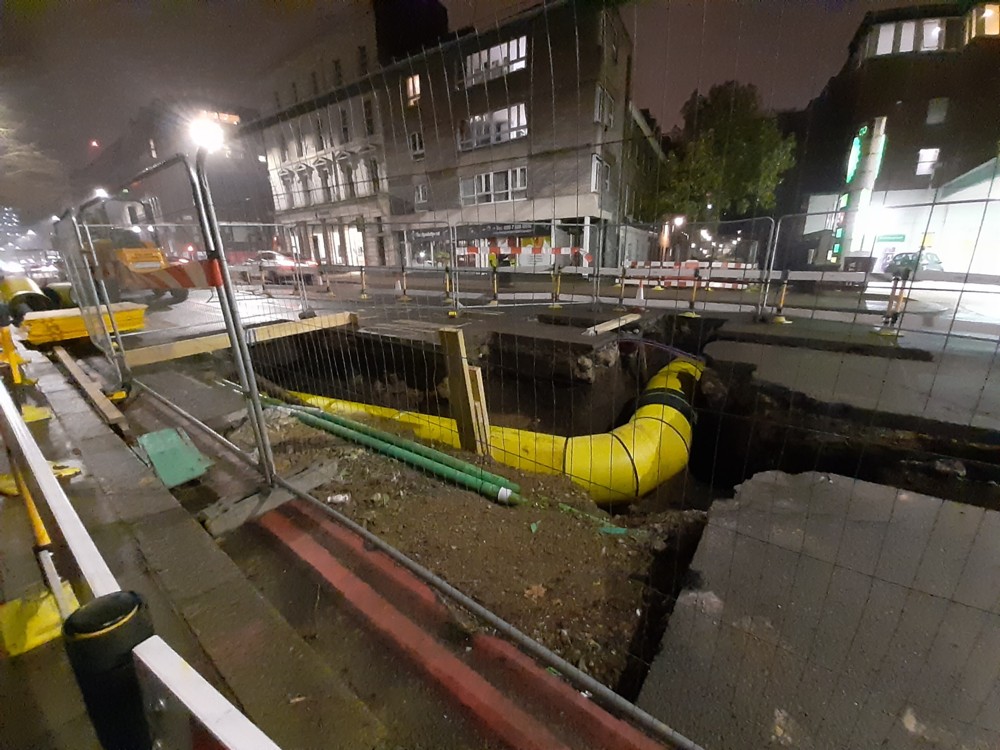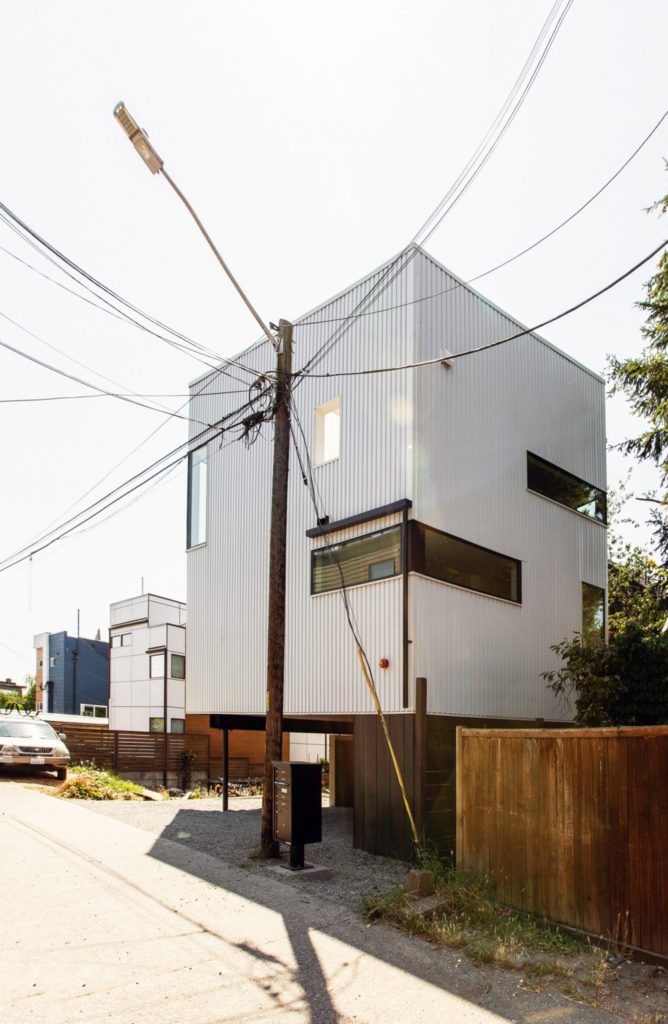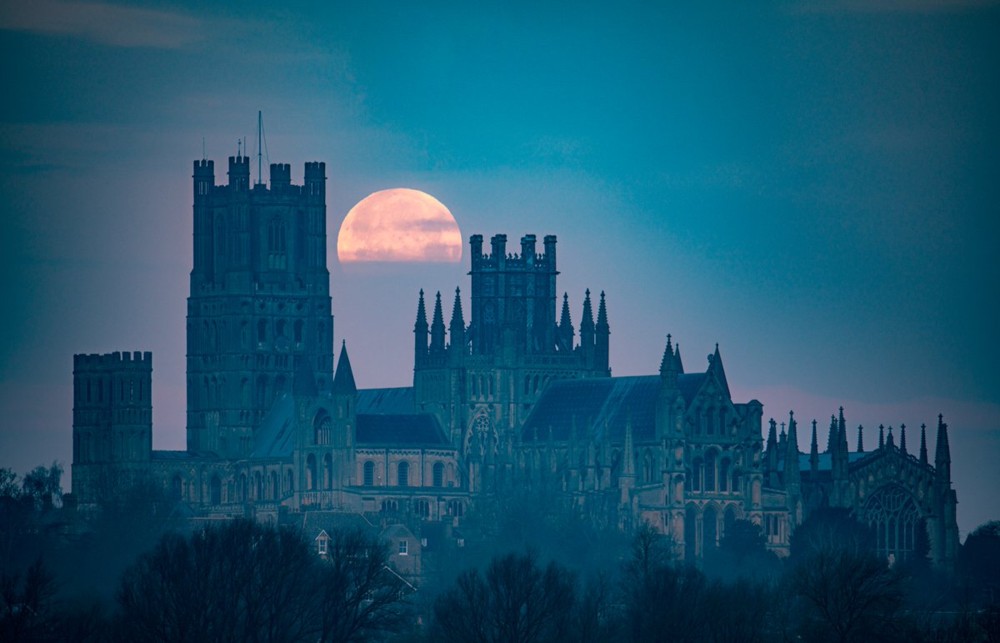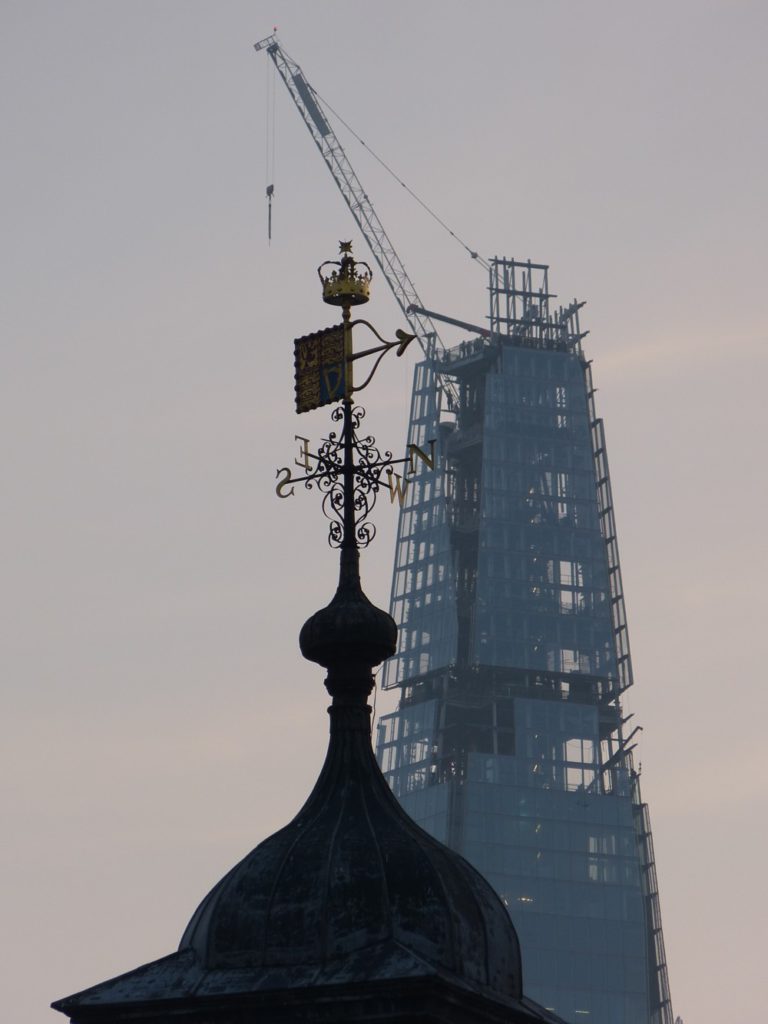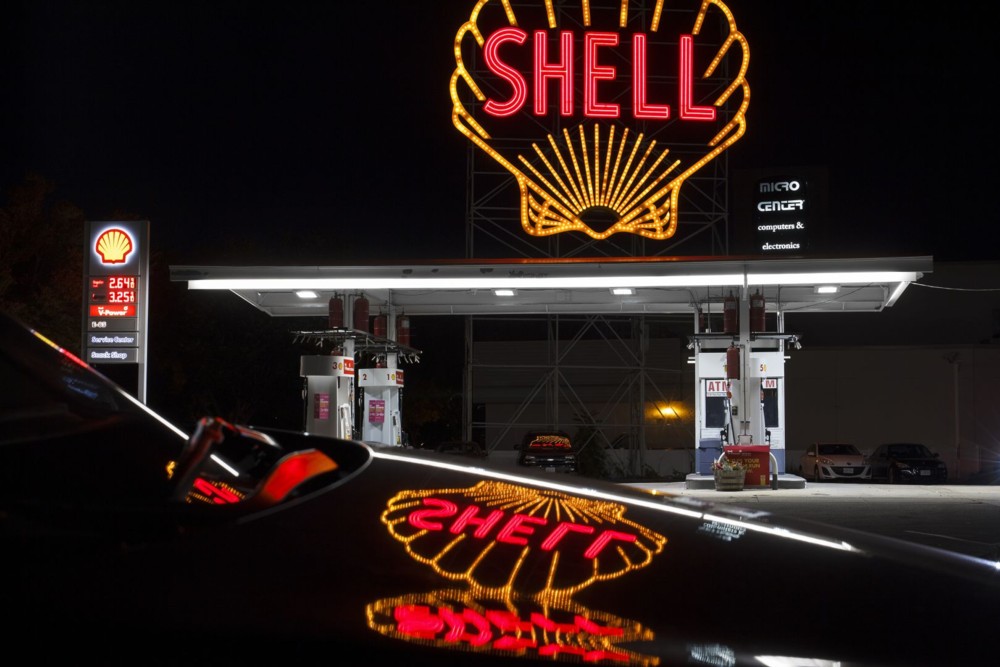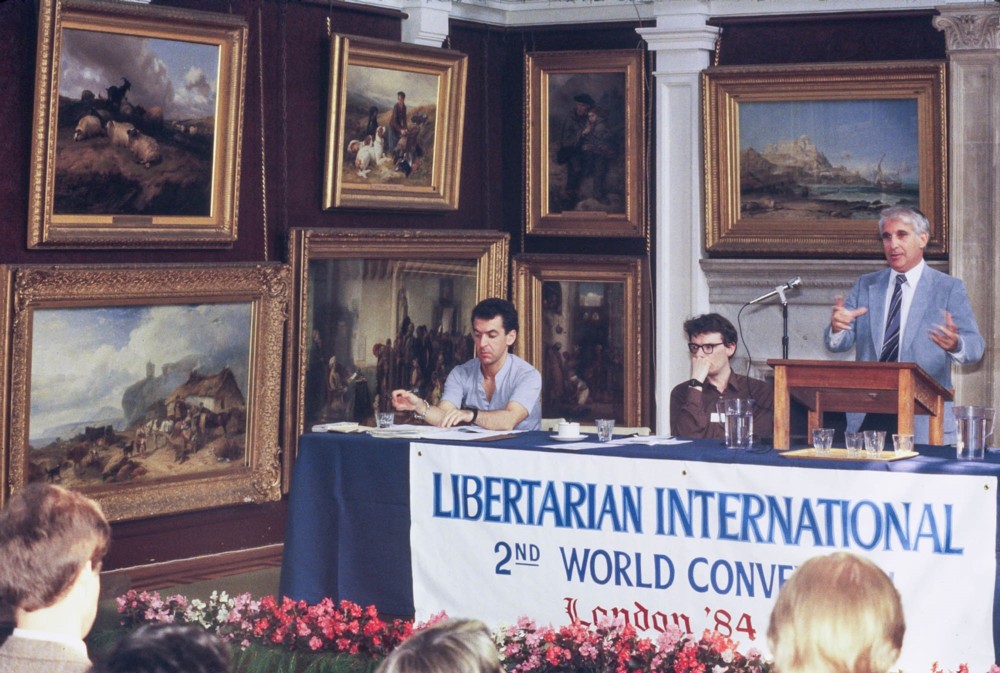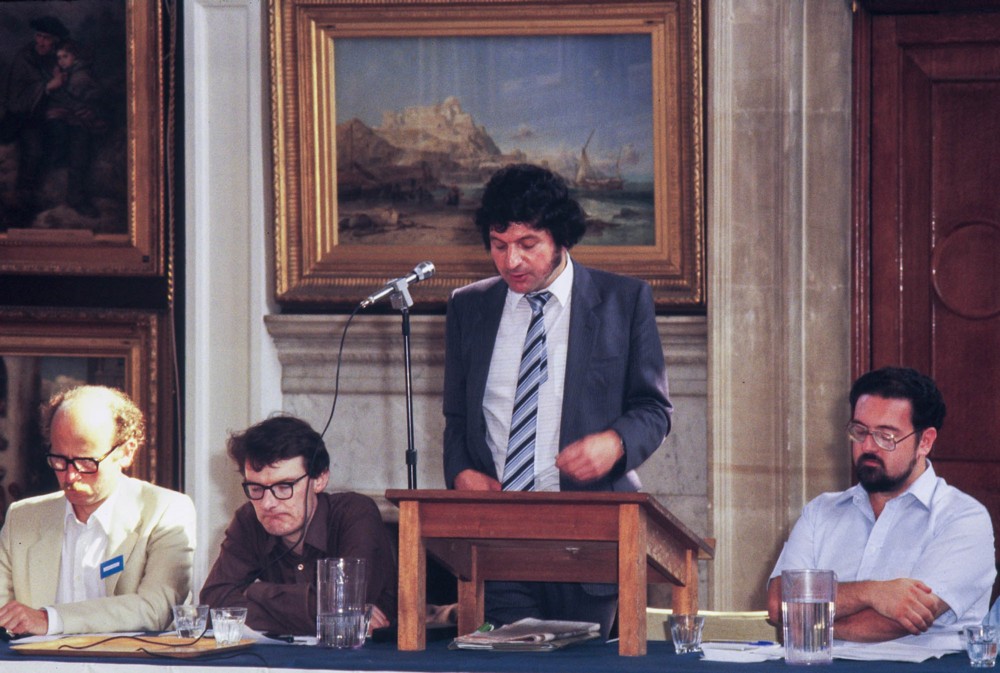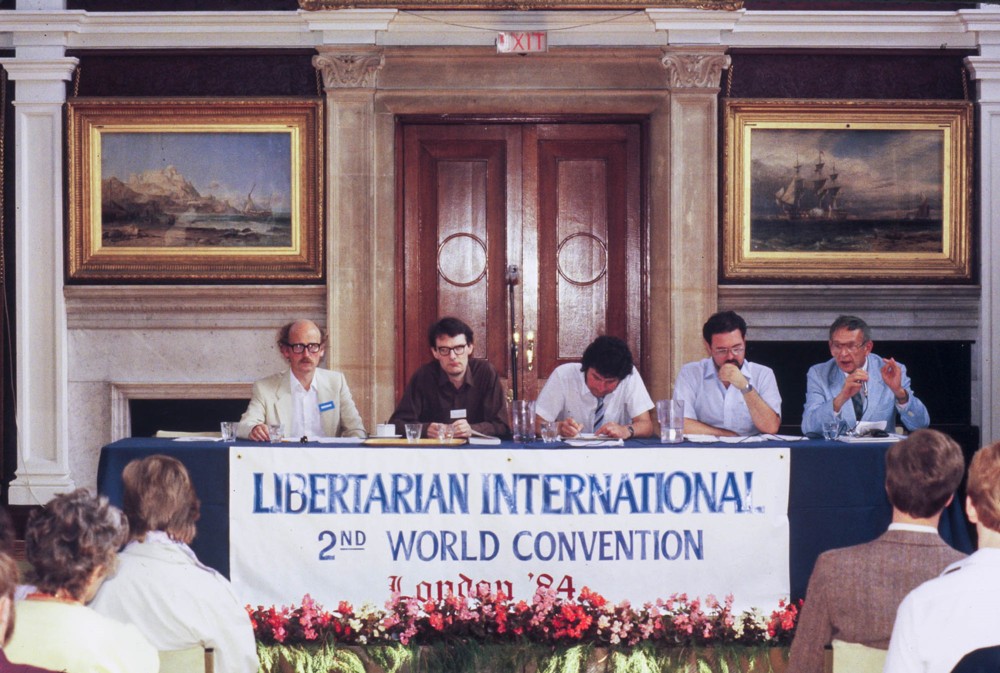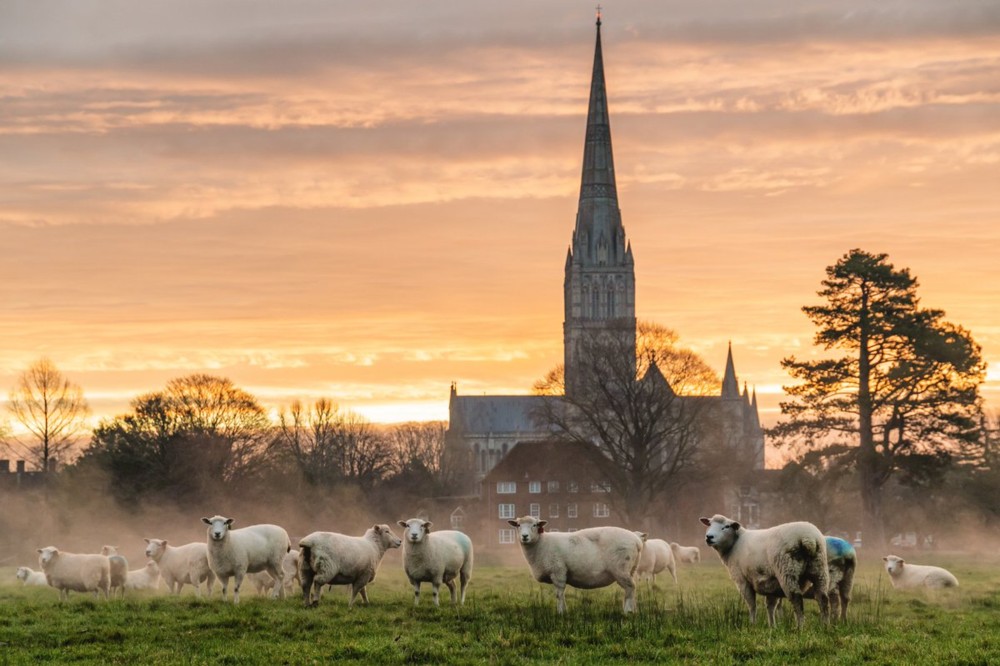Here are two more photos photoed with my Samsung Galaxy Something mobile phone:
I came upon these pens while seeking something else, as you do. I then took these photos because what I was seeing reminded me of a conversation I recently had with Michael Jennings about why the cameras in things like my Samsung Galaxy Something mobile phone are so good. He said that when you are ordering up the cameras for a production run of mobile phones like mine, or for an iPhone or some such thing (Michael J has the latest iPhone (with which he now takes photos like these)) you’re talking about ordering a billion of the things, literally. When you are working on that sort of scale, then the economies of scale really start to kick in. A camera which would have cost five times what the mere phone costs now, if you sold it only to photographers, now costs only a dozen or two quid for my phone, or a couple of hundred for the latest iPhone. He’s not wrong.
Research and development for dedicated cameras has pretty much stopped about five years ago. All the effort now goes into making mobile phone cameras into miracle machines, and that’s really starting to be visible in the results.
I remember thinking, when digital cameras first arrived, that in the long run, cameras would have no reason to look like old school cameras, of the sort that had film in them. But at first they all did, because that was what people felt comfortable with. But now, that long run is starting to arrive. Cameras now consist only of a screen, and what is more a screen that can do a hundred other things besides photo photos.
And the above photos illustrate this same economies-of-scale which can fund mega-research-into-making-them-even-cheaper principle in action down at the bottom of the market, where they thrash out ball point pens by the billion. One pound for a dozen of them! Like I say in the title of this, that’s hardly more than eight pence a pen. And that’s after all the transport costs and retail mark-ups and goodness knows what else have also been paid. Amazing.
Shame they can’t make food and heating and rent that cheap. The one thing that never seems to get any cheaper nowadays is energy, aka the essentials of life. Are we due another human transformation, to go beside this one, when energy gets miraculously cheaper? Nuclear? Fusion? Bring it on.
That previous kink, I recently read in one of Anton Howes‘s pieces, was maybe made to seem more abrupt than it really was by the fact that there came a moment when they finally worked out how to extract and distribute energy on a serious scale, but energy remained quite expensive, hence the sudden kink upwards in the numbers. Actually, life had been getting better for some time, and didn’t suddenly get a hundred times better, merely about three or four times times every few decades.
Meanwhile, things like absurdly good cameras and absurdly cheap ball point pens don’t show up in graphs of how much mere money everyone is chucking around. Which causes people in a country like mine to underestimate the improvements of recent decades. These have not taken the form of us all having tons more money. No. What has been changing is the stuff we can now buy with the same money. Like my latest (mobile phone) camera, and like ball point pens. Provided you have some cash left over after you have fed and housed yourself and kept yourself warm (not everyone does), then life has got lots more fun, given how many and how much better are the toys and times you can now buy for the same money.
Life has not improved much for those who have fun only when the fun they get is too expensive for most others to be able to indulge in. But that’s a thought for a different posting.

